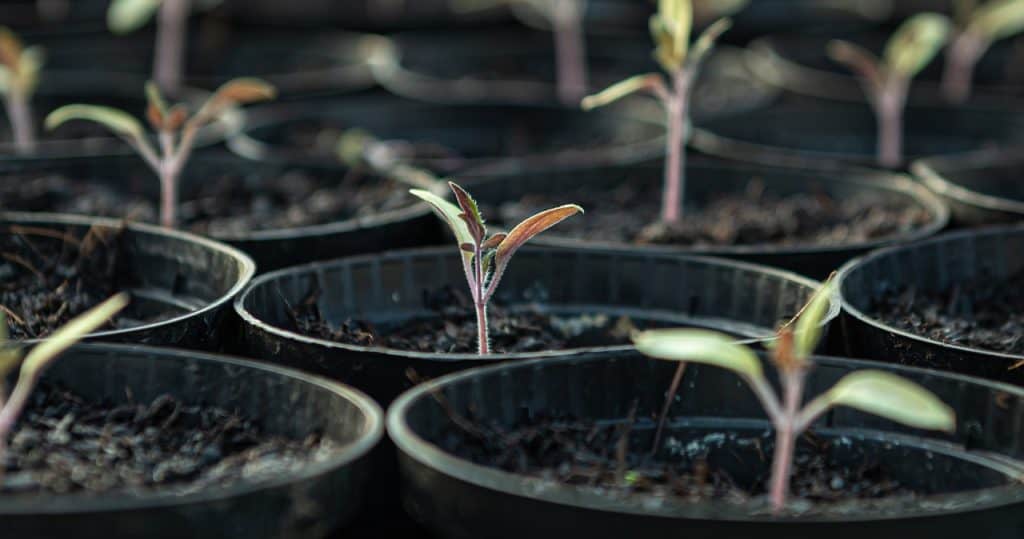Oak tree Masting: Nature’s Cyclic Abundance to ensure species Survival

In the grand tapestry of nature, certain events capture our attention and ignite our curiosity. One such phenomenon is oak tree masting, a remarkable reproductive strategy displayed-by certain oak species. With synchronized precision, these majestic trees produce an overwhelming abundance of acorns in periodic cycles. Oak tree masting captivates scientists and ecologists but also influences the lives of numerous organisms within their ecosystem. Explore this intriguing natural phenomenon and unravel the secrets behind oak tree masting.

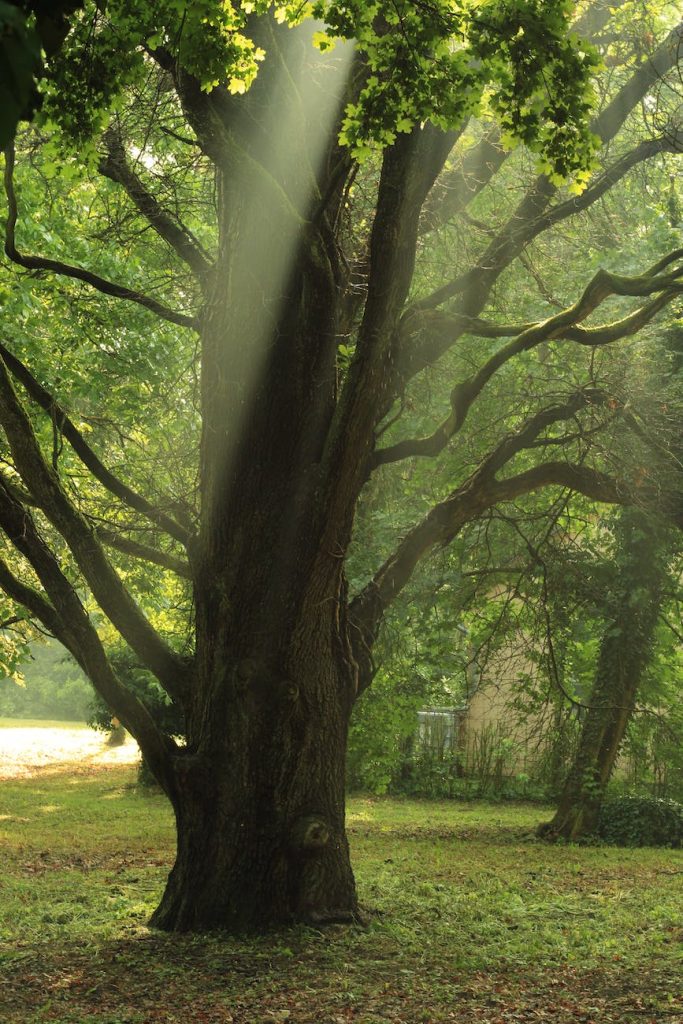
Understanding Oak Tree Masting:
Oak masting refers to the synchronized and sporadic production of a-lot of acorns by oak trees over a specific period. Unlike regular fruiting patterns, oak masting occurs irregularly, often with several years of low acorn production followed by a bumper crop. This pattern can repeat every few years or even on a decade-long timescale, depending on the species of Oaks.
The Mechanism behind Oak Masting:
While the exact triggers for oak masting remain a subject of ongoing scientific research, several theories have emerged to explain this phenomenon. One hypothesis suggests that external factors, such as weather conditions or climate cues, play a crucial role in synchronizing oak masting events. For instance, a combination of favorable weather conditions, including a cold winter and wet spring, may stimulate oak trees to produce an abundance of acorns.
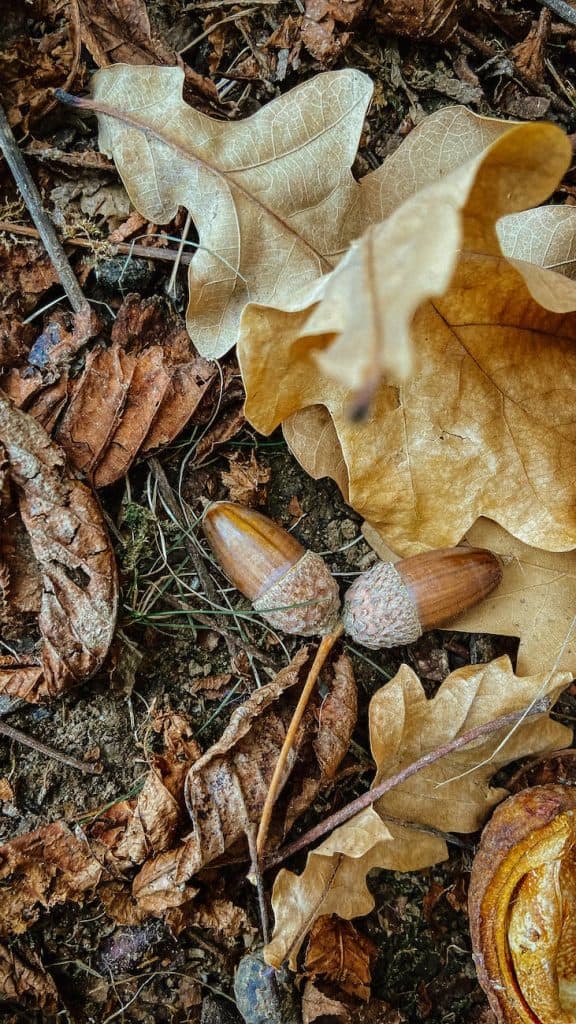


Another theory proposes that oak masting is an adaptive strategy that helps ensure successful reproduction. By producing a surplus of acorns in certain years, oaks increase the chances of at least some of them surviving to maturity. This allows the species to overcome the challenges of predation, disease, and unfavorable environmental conditions, thereby increasing the likelihood of successful seed dispersal and the subsequent establishment of new oak saplings.
Ecological Impacts of Oak Masting:
The ramifications of oak masting extend far beyond the trees themselves. The cascade of events triggered by a bumper crop of acorns influences entire ecosystems. For many woodland creatures, such as squirrels, deer, birds, and rodents, an abundant acorn supply provides a crucial food source that sustains them throughout the year. This surplus leads to population booms and increased reproductive success for these animals.


Moreover, the increased availability of food can alter the behavior and movements of animals. For instance, migratory bird species that typically travel long distances may remain closer to their oak-rich habitats, leading to localized shifts in bird populations. Additionally, the abundance of acorns can influence the foraging patterns of animals, affecting the distribution and interactions among herbivores and their predators.
Conservation Implications:
Understanding the intricacies of oak masting is crucial for conservation efforts and the preservation of ecosystems. The irregularity and sporadic nature of oak masting make it challenging to predict and manage the impacts on both flora and fauna. However, acknowledging the significance of oak masting can inform land management strategies, ensuring the protection and conservation of oak species and their associated biodiversity.
Several oak species exhibit oak masting, which is the phenomenon of producing a large number of acorns in a given year. Some of the specific oak species that are known to display oak masting include white oak, red oak, black oak, and chestnut oak. However, it is important to note that not all individual trees within a species will necessarily exhibit oak masting in a given year.
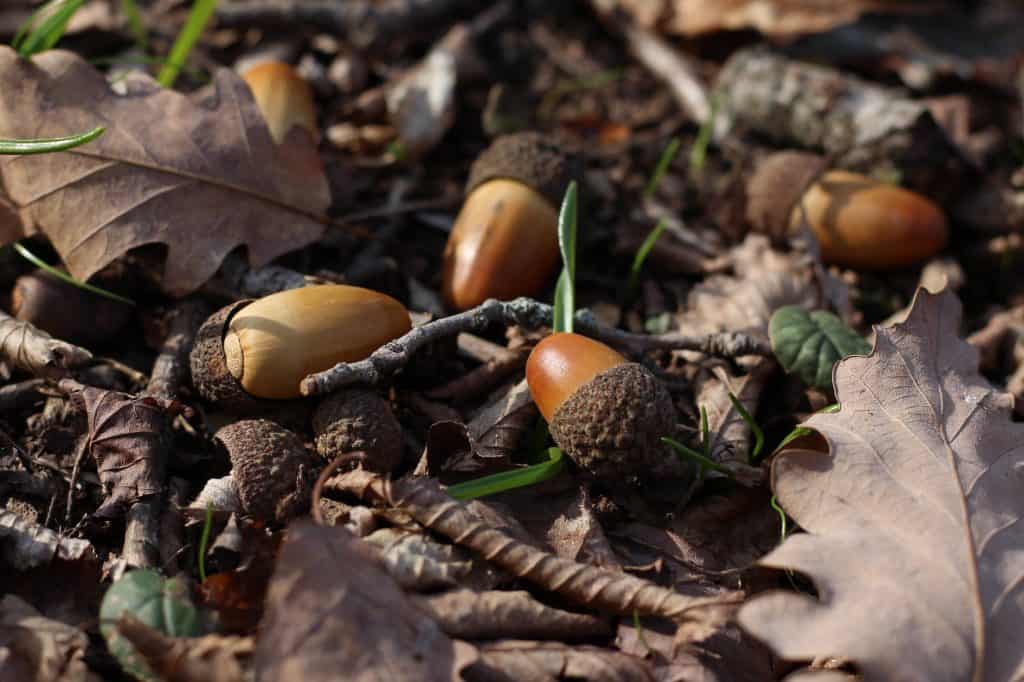
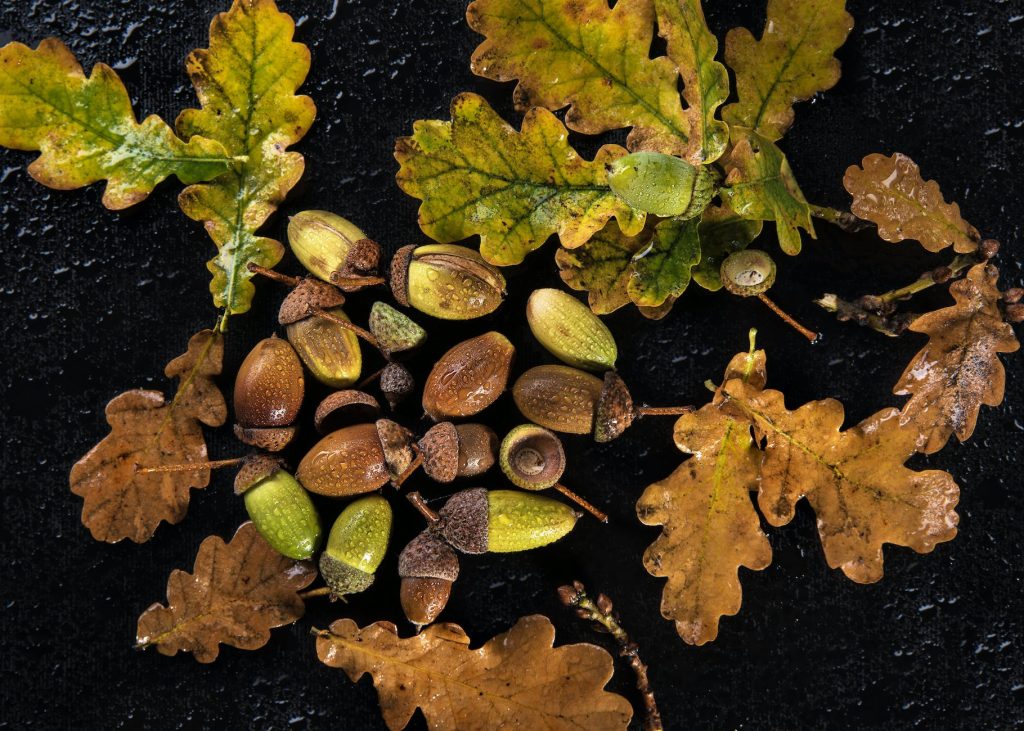
Several external factors can trigger oak masting. One of the most important is weather conditions, such as temperature and rainfall. The amount of sunlight that the trees receive can also play a role, as well as the presence of certain pests and diseases. Additionally, changes in the soil composition or nutrient levels can impact oak masting, as can changes in the surrounding ecosystem. Overall, many factors can influence the timing and intensity of oak masting, making it a complex phenomenon to study and understand. What are some of the external factors that trigger oak masting?
There are several land management strategies that can be implemented to protect oak species and their associated biodiversity. One approach is to actively manage forests to promote oak regeneration and growth. This can be done by selectively thinning out competing species and planting new oak trees. Another strategy is to limit or prevent the spread of invasive species, which can outcompete oaks and alter the ecosystem. Prescribed burns can be used to promote oak growth and restore natural fire regimes.
Protecting existing oak forests and their surrounding habitats through conservation efforts is crucial for preserving biodiversity. By implementing these strategies, we can help ensure the survival and health of oak species and the many organisms that depend on the them.
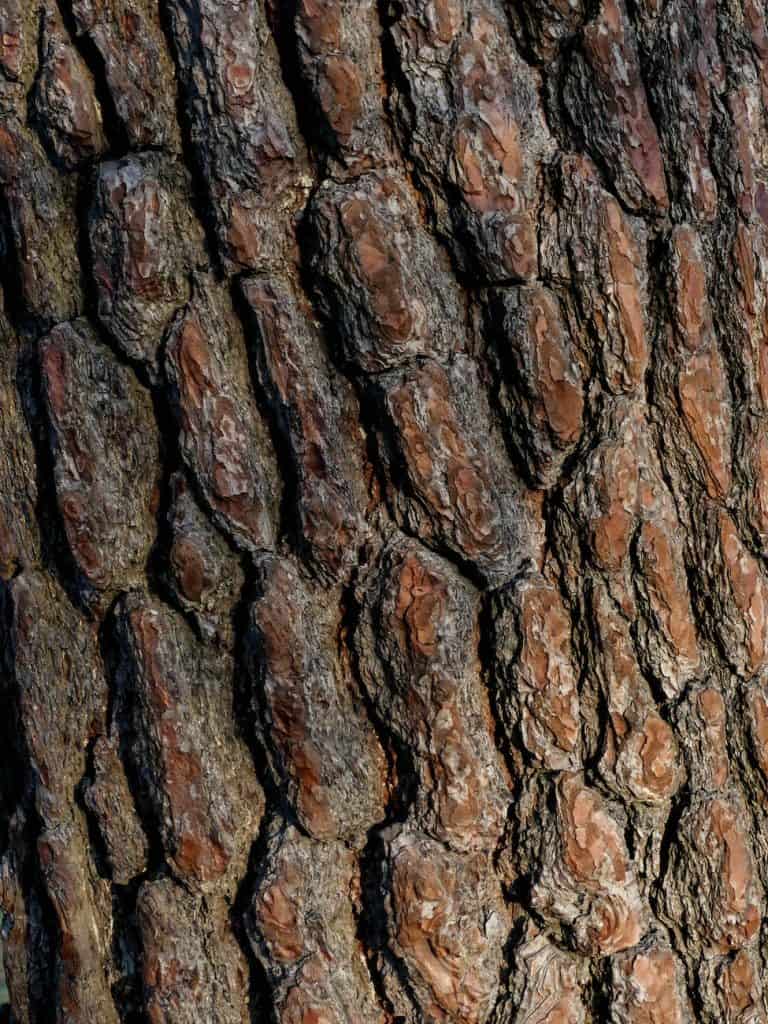
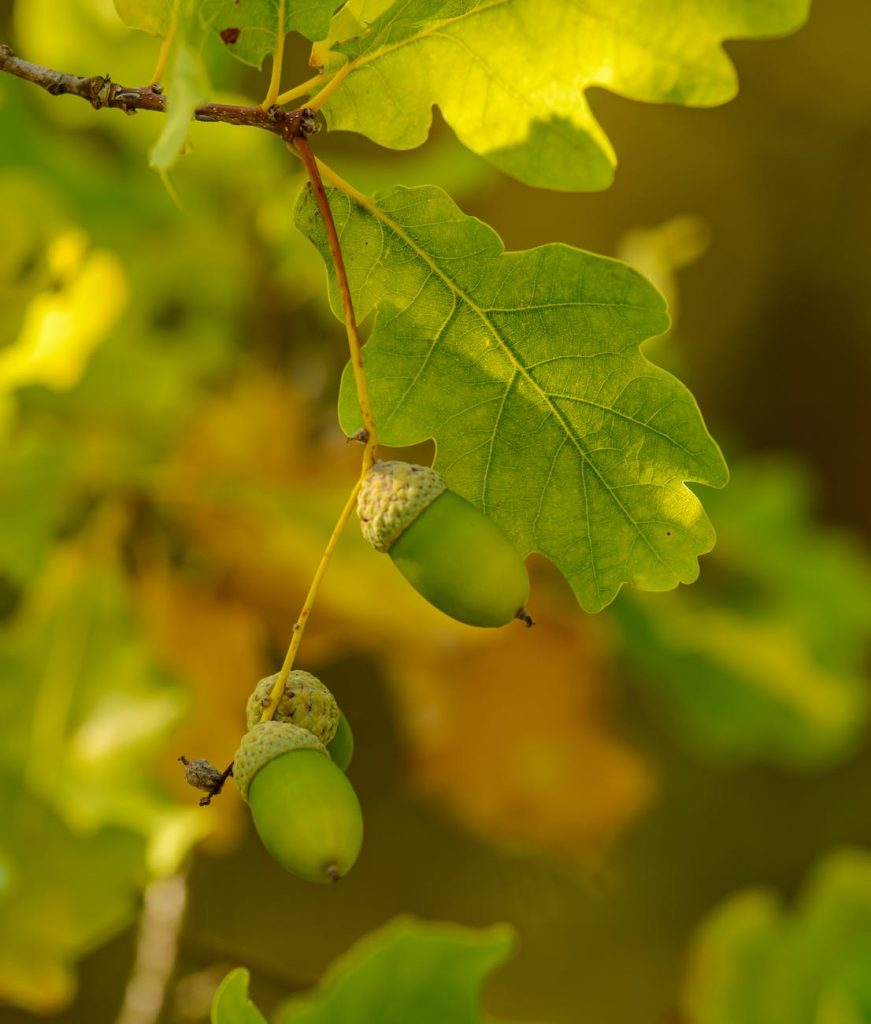
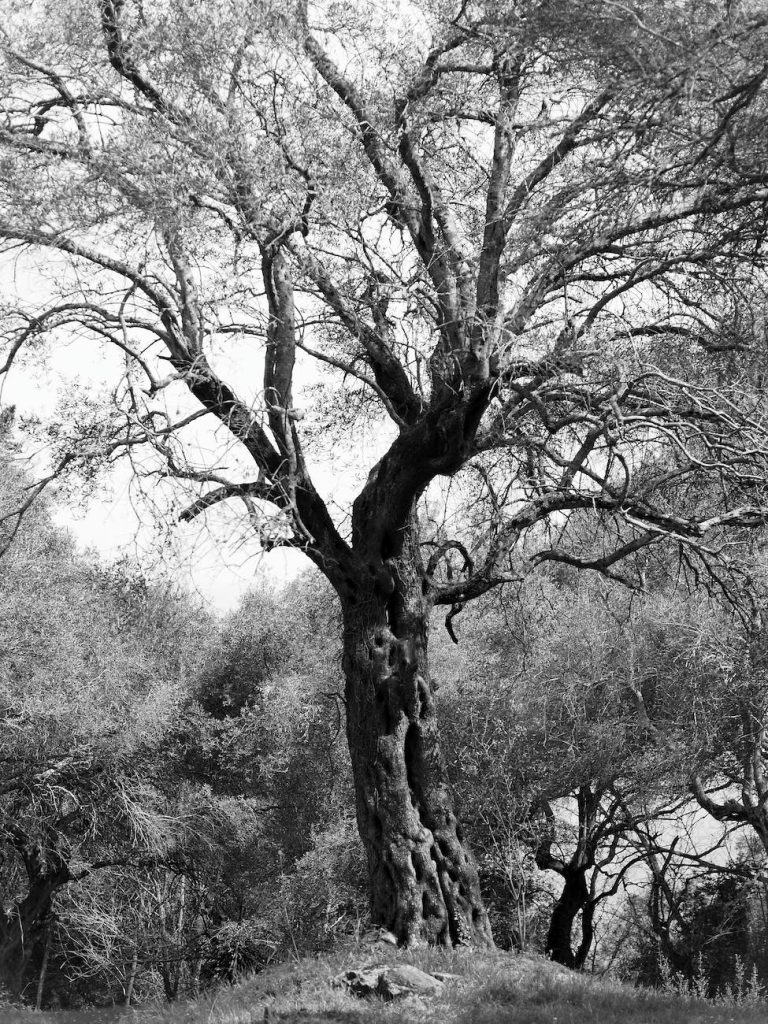
In-conclusion:
Oak masting stands as a testament to the intricate connections between plants, animals, and their environment. The synchronized and sporadic production of acorns by oak trees is a captivating phenomenon that impacts entire ecosystems. By studying and appreciating the mechanisms and ecological consequences of oak masting, we gain valuable insights into the resilience and adaptability of nature. As we continue to unravel its secrets, let us strive to protect these remarkable trees and the habitats they sustain, ensuring a future where oak masting continues to inspire awe and wonder.
I have always been fascinated by Oak trees from the regal English Oak – Quercus robur to the Evergreen Oaks of stately parks – Quercus ilex they have such an important role to play in our eco-system from providing habitats to enriching the rivers and inlets with composting leaves that provide ecological benefits by supporting the food chain.


